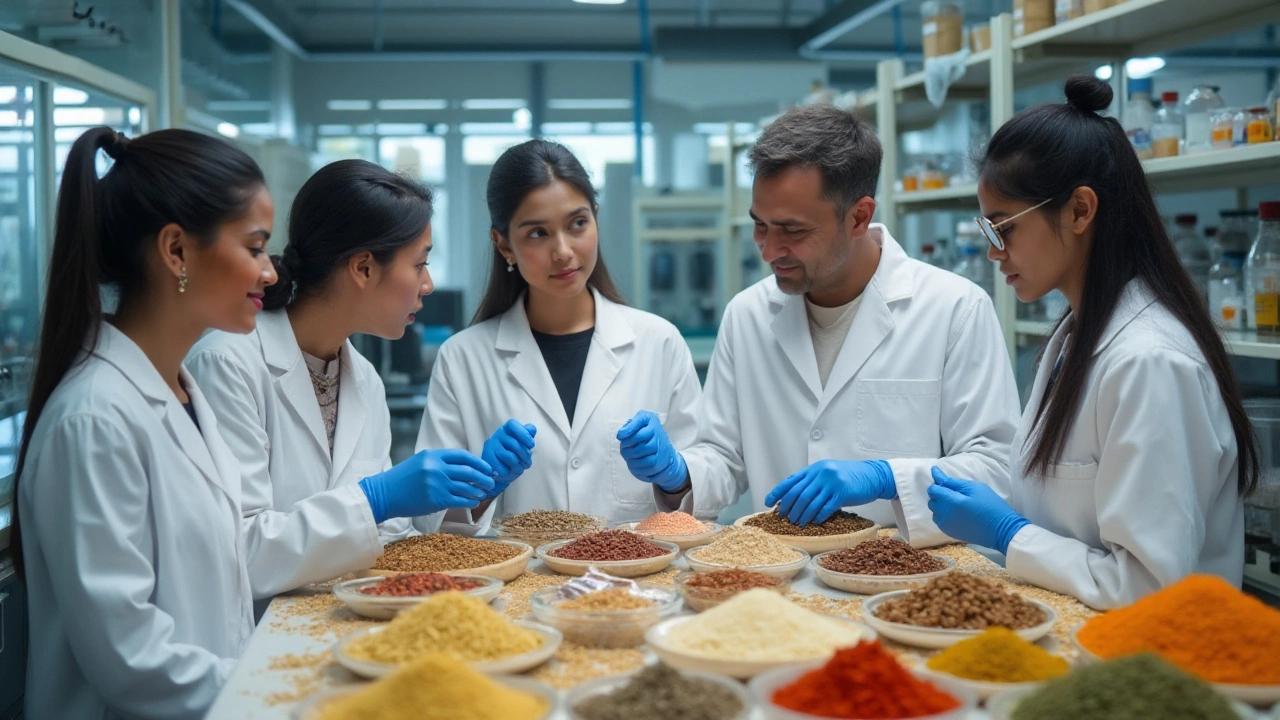Food Technology Made Simple: What Every Manufacturer Should Know
When you hear "food technology," you might picture high‑tech labs or fancy gadgets. In reality, it’s the everyday tools, processes, and standards that keep food safe, tasty, and affordable. Whether you run a small bakery or a big processing plant, understanding the basics can save money, cut waste, and keep customers coming back.
First off, food tech isn’t just about machines. It’s about the way we measure, handle, and protect food at every step. Think of measurement units – grams, liters, or even specific food‑specific units like "portion size" – as the language that keeps everyone on the same page. Mistaking a kilogram for a pound can spoil a batch, so clear labeling and consistent units are a must.
Why Food Technology Matters Today
Regulations are tightening worldwide, and consumers expect transparency. Modern food tech helps you meet both. Automated sensors can monitor temperature in real time, alerting staff the moment something goes out of range. This reduces spoilage and avoids costly recalls. Additionally, data from these sensors feeds into software that predicts demand, so you only produce what you can sell.
Another big win is the 5S system – Sort, Set in order, Shine, Standardize, Sustain. Applying 5S in a food processing line keeps workspaces clean, reduces cross‑contamination, and speeds up production. It’s a simple checklist, but factories that follow it see measurable drops in defect rates.
Key Innovations Shaping the Industry
Automation is no longer a luxury; it’s becoming the baseline. Robotic arms can handle delicate tasks like packaging chips without breaking them, while AI‑driven quality cameras spot foreign objects faster than a human eye. These technologies lower labor costs and improve consistency.
Biotechnology is also making waves. Enzymes that speed up fermentation or natural preservatives that extend shelf life are replacing synthetic chemicals. This meets the growing demand for clean‑label products and can open new market segments.
Finally, sustainability isn’t just a buzzword. Closed‑loop water systems recycle cleaning water, and energy‑efficient ovens cut electricity use by up to 30%. When you combine these eco‑friendly steps with solid food tech practices, you not only protect the planet but also boost your bottom line.
So, what’s the first step? Start with a quick audit of your current processes. Look for gaps in unit standardization, temperature monitoring, and workspace organization. Then, pick one technology – maybe a temperature sensor or a 5S board – and implement it fully before moving on. Small wins add up, and before you know it, your operation will be leaner, safer, and ready for the future of food technology.

Understanding Food Science in Modern Processing Units
Food science plays a crucial role in processing units to ensure safety, quality, and efficiency. It blends principles of biology, chemistry, and engineering to transform raw ingredients into safe, tasty, and nutritious food. This article explores the essence of food science, its importance in the industry, and some fun facts about food technology. From the history of methods like pasteurization to the latest innovations, it delves into the fascinating world of food production.
Read More